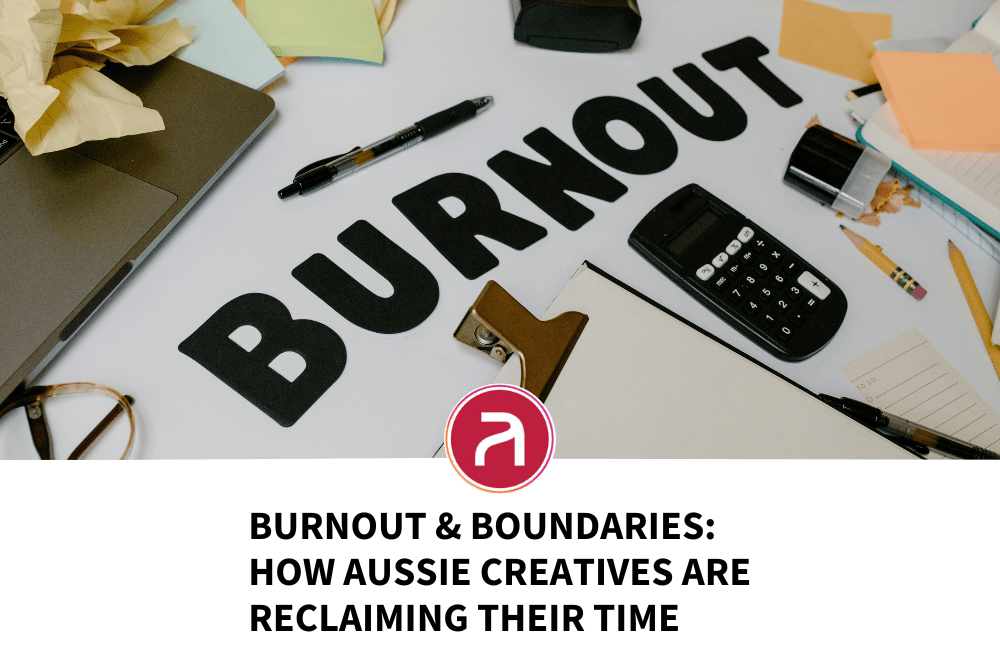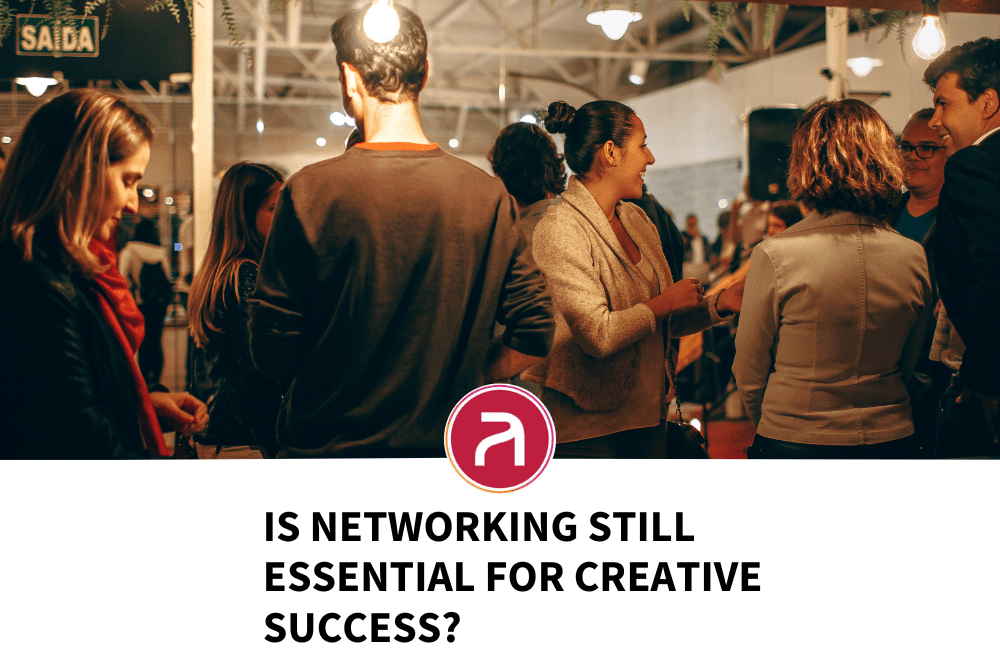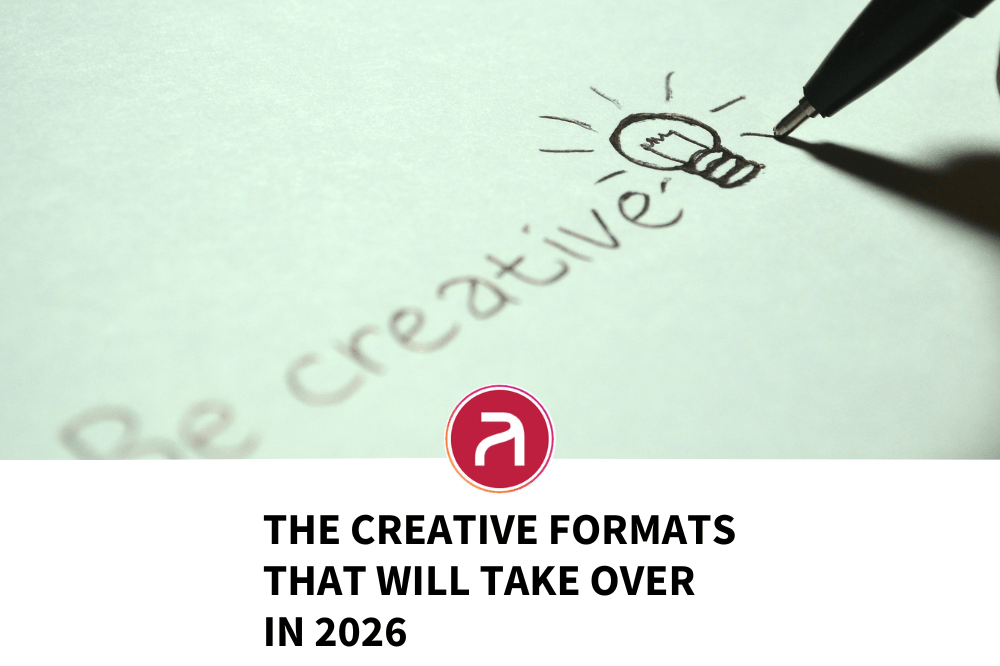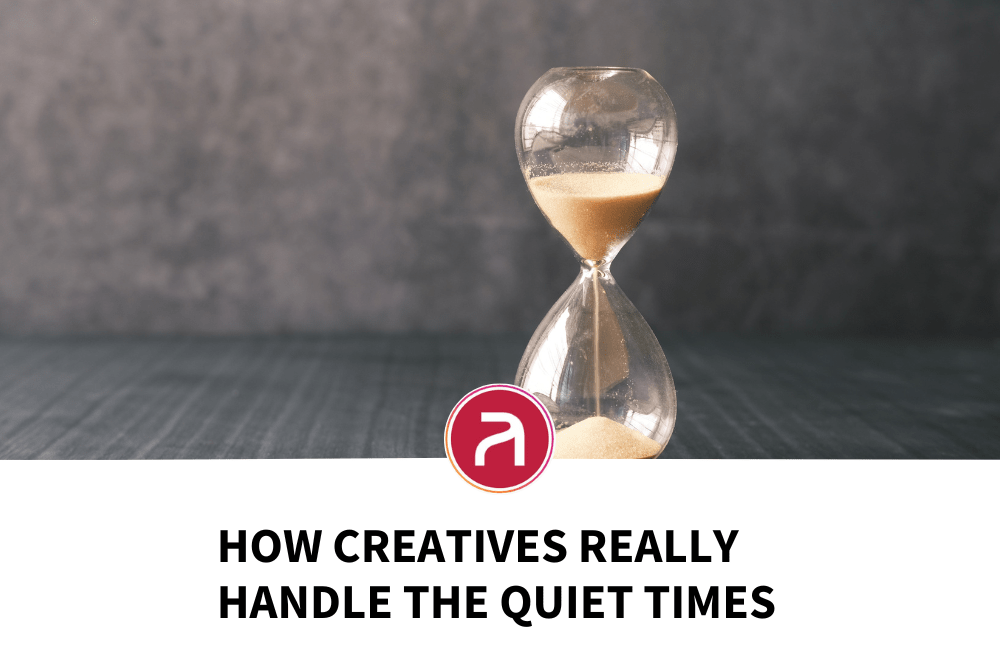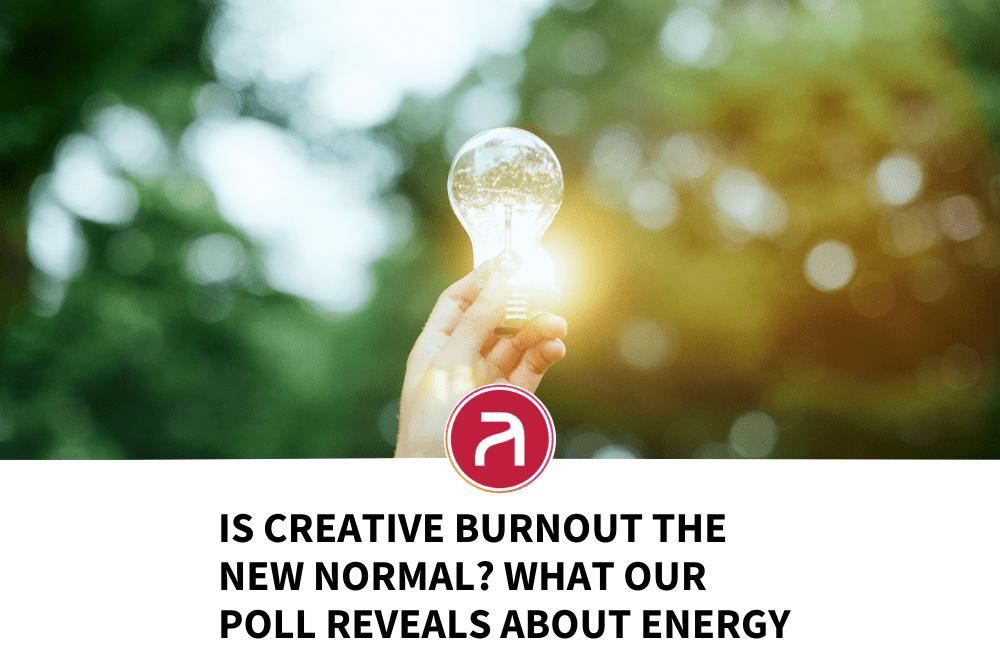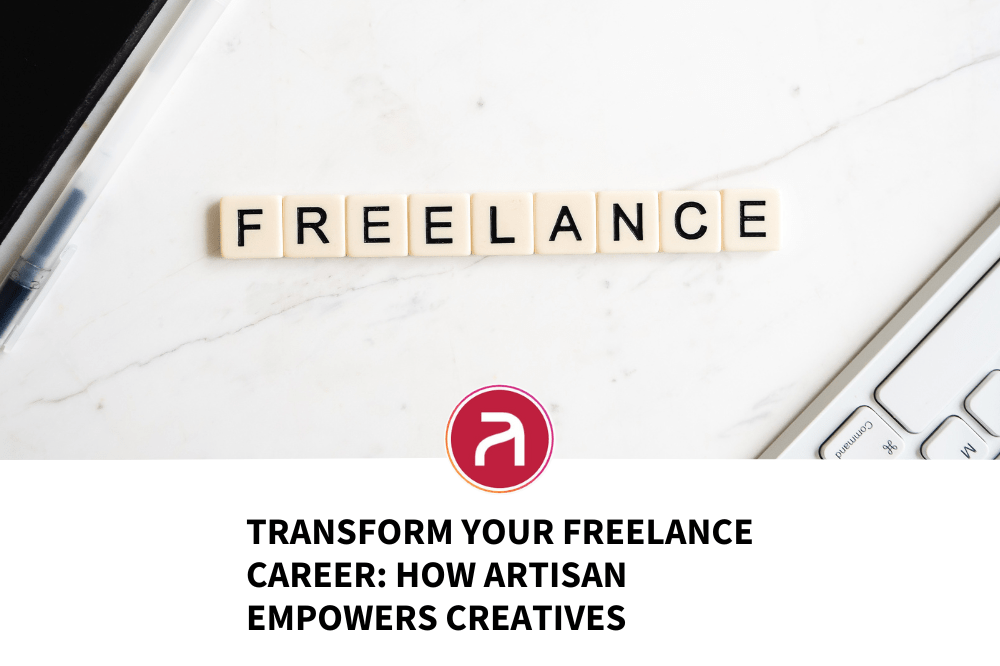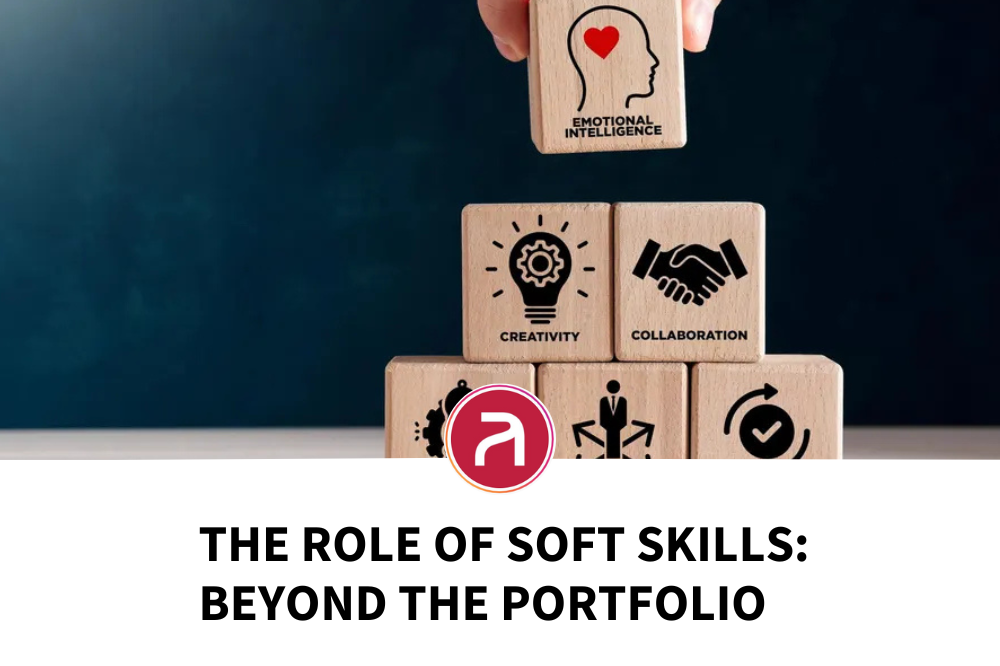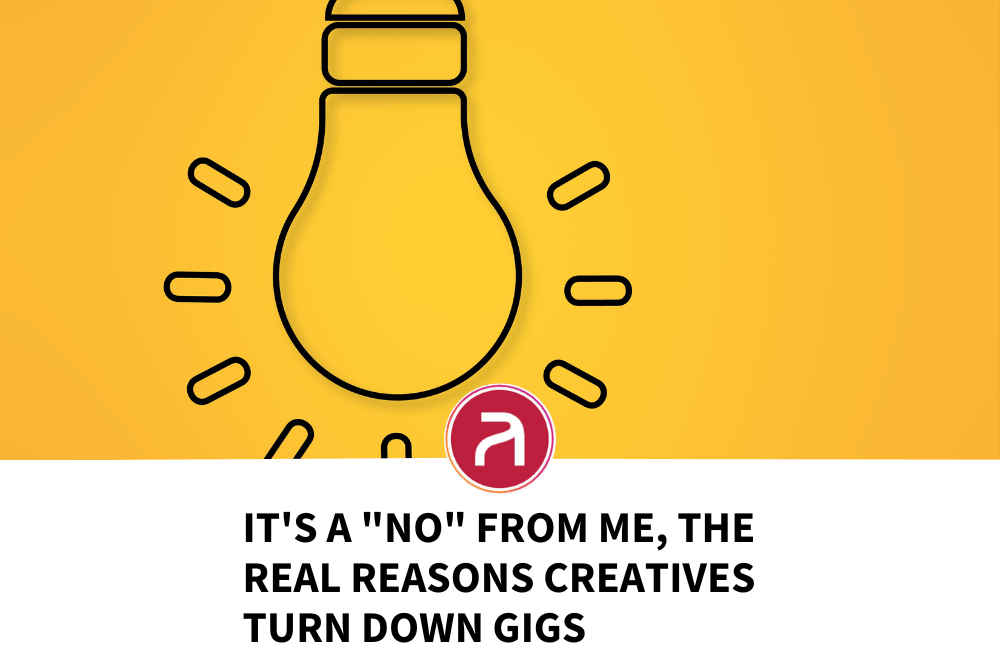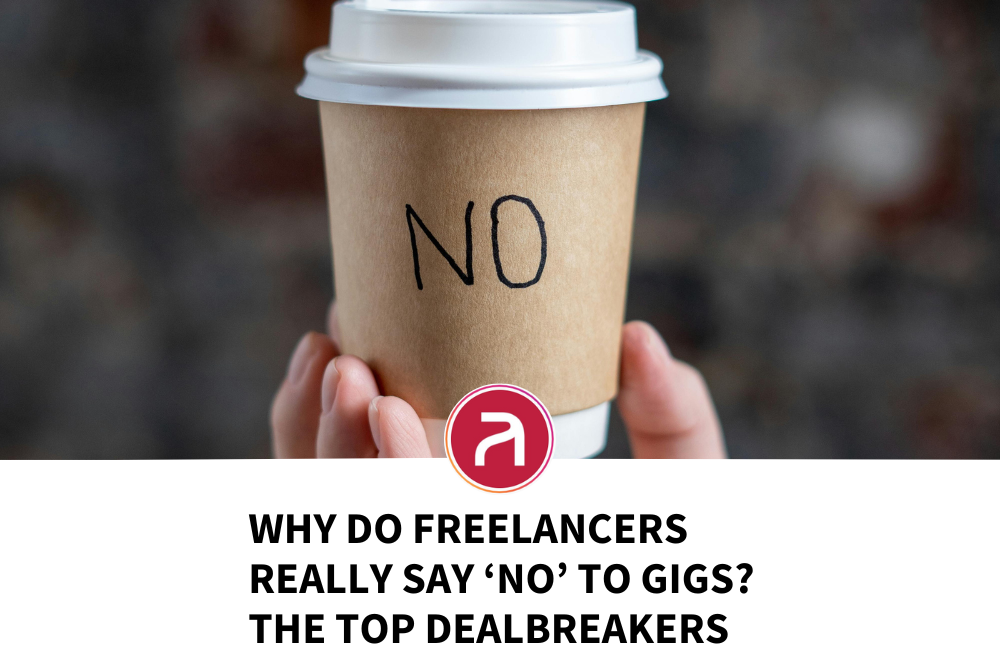In the vibrant world of Australia’s creative industries, a silent crisis is unfolding. Behind the captivating designs, compelling campaigns, and innovative digital experiences lies a workforce grappling with unprecedented levels of burnout. The 2024 Mentally Healthy Survey reveals a stark reality: 70% of professionals in media, marketing, and creative sectors have experienced burnout in the past year, significantly higher than the 53% reported among Australian workers overall.
This alarming statistic underscores the potential need for change within the industry. The sometimes relentless pace, coupled with the pressure to constantly innovate, upskill and perform has blurred the lines between work and personal life, leaving creatives feeling overwhelmed and undervalued.
Understanding Burnout:
Burnout is more than just feeling tired; it’s a state of emotional, physical, and mental exhaustion caused by prolonged and excessive stress. According to the World Health Organization, burnout is characterised by three dimensions.
- Energy Depletion: Persistent fatigue that doesn’t improve with rest.
- Mental Distance: Increased cynicism or negativity towards one’s job.
- Reduced Efficacy: Decreased professional effectiveness.
In Australia, the situation is particularly concerning. The Lululemon Global Wellbeing Report 2024 found that Australia has the highest number of “wellbeing burnout zones” among the 15 countries surveyed, indicating widespread issues with physical, mental, and social wellbeing. Additionally, a survey by Robert Half revealed that 80% of full-time office workers in Australia are experiencing some level of burnout.
Recognising the Signs:
For creatives, the line between passion and pressure can blur quickly. Common symptoms of burnout include:
- Emotional Exhaustion: Feeling drained and unable to cope.
- Detachment: Developing a cynical attitude towards work.
- Inefficacy: Feeling unproductive or incompetent.
- Physical Symptoms: Headaches, sleep disturbances, and gastrointestinal issues.
- Behavioral Changes: Increased irritability, procrastination, and social withdrawal.
These symptoms not only affect individual wellbeing but also lead to decreased productivity, higher turnover rates, and increased absenteeism within organisations.
What To Do and Reclaiming Time: Strategies for Creative Professionals
Addressing burnout requires a multifaceted approach that includes both individual strategies and organisational support.
1. Establish Clear Boundaries
Setting boundaries between work and personal life is crucial. This includes defining work hours, taking regular breaks, and disconnecting from work-related communications during personal time.
2. Prioritise Self-Care
Engaging in activities that promote relaxation and wellbeing—such as exercise, meditation, and hobbies—can help replenish energy levels and reduce stress.
3. Seek Support
Talking to colleagues, friends, or mental health professionals can provide perspective and coping strategies. Many organisations offer Employee Assistance Programs (EAPs) that provide confidential counseling services.
4. Reflect and Reframe
Regularly assess your workload and responsibilities. Identify tasks that can be delegated or postponed, and reframe challenges as opportunities for growth.
5. Advocate for Organisational Change
Encourage your organisation to implement policies that support employee wellbeing, such as flexible work arrangements, reasonable workloads, and recognition of employee contributions.
Artisan’s Commitment to Creative Wellbeing
At Artisan, we understand the unique challenges faced by creative professionals. As a recruitment agency specialising in the creative and digital fields, we are dedicated to fostering environments where talent can thrive without compromising wellbeing.
Our approach includes:
- Promoting Healthy Work Practices: We collaborate with clients to encourage work cultures that prioritise regular breaks and manageable workloads.
- Supporting Freelancers: We provide resources and guidance to freelancers on managing schedules, setting boundaries, and recognising signs of burnout.
We advocate for practices such as taking a minimum 30-minute break every five hours and regular 15-minute screen breaks to prevent fatigue and maintain productivity.
Looking Ahead: Building a Sustainable Creative Future
The path to a healthier creative industry lies in collective action. By acknowledging the challenges and implementing supportive structures, we can cultivate a culture where creativity and wellbeing coexist.
At Artisan, we are more than recruiters; we are advocates for sustainable and fulfilling creative careers. Together, we can redefine success to include not just professional achievements but also personal wellbeing.
If you or someone you know is struggling with burnout, resources are available:
- Lifeline: 13 11 14
- Beyond Blue: 1300 22 4636
- Support Act Wellbeing Helpline: 1800 959 500
- Mental Health First Aid Australia
For more information on how Artisan supports creative professionals, get in touch.

